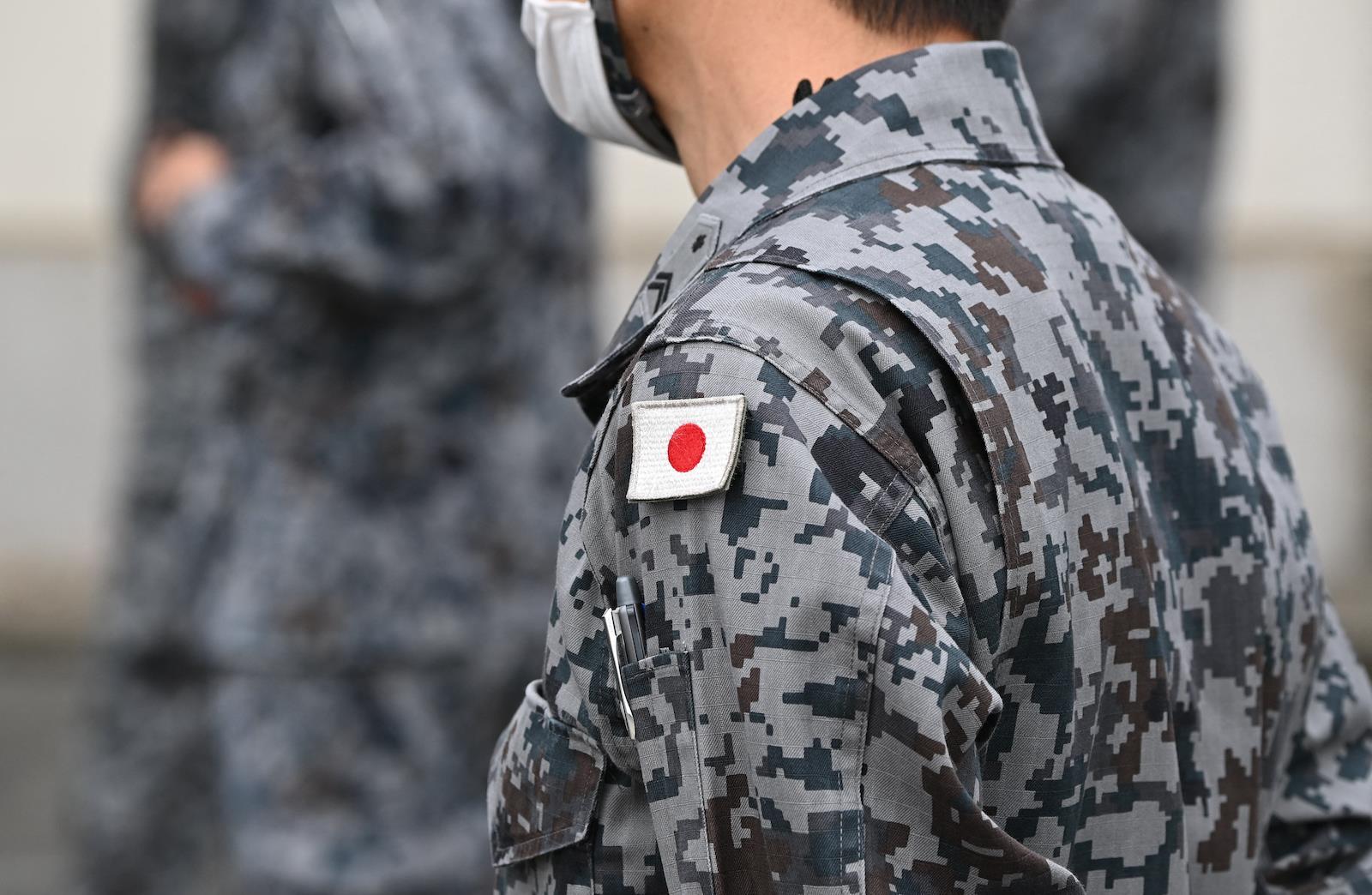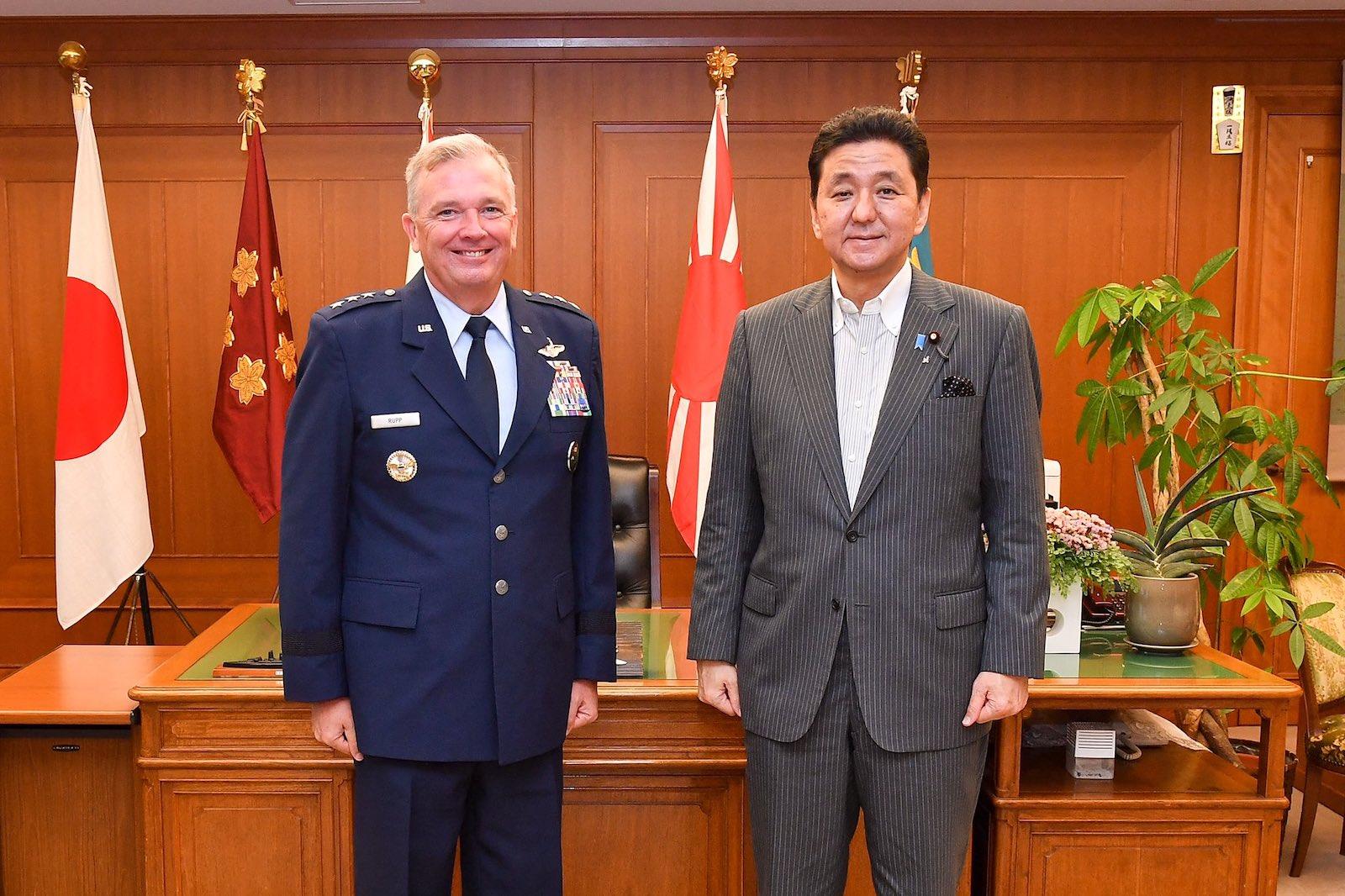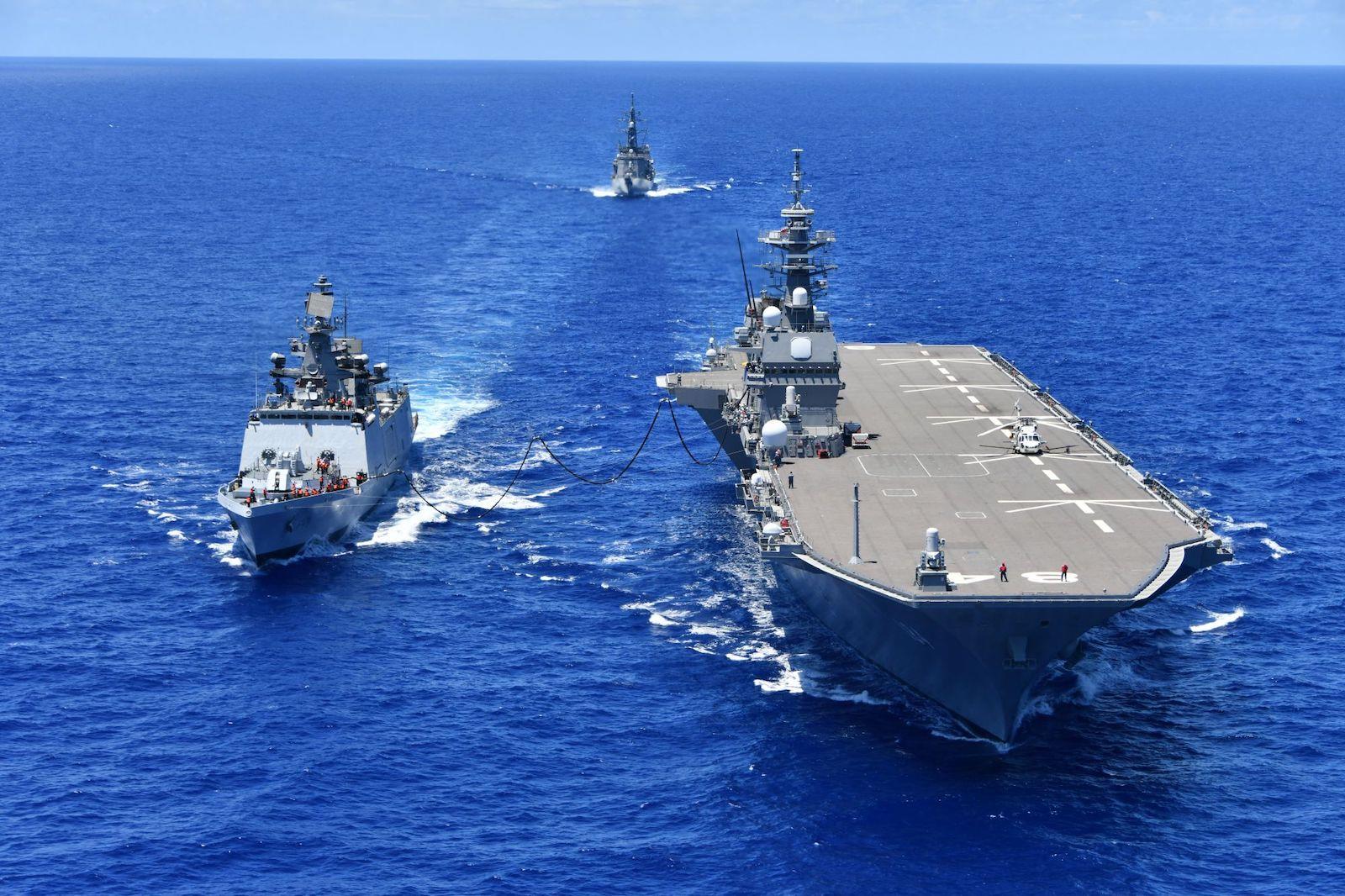(MENAFN- Asia Times) Japan's Ministry of Defense (MOD) submitted a record defense budget request this year. What is the significance of this?
An optimist would suggest that at least Japan realizes it needs more money for defense. Beyond that, however, it's hard to be too positive. The request was in the 2.6% increase range. (And this is before the Ministry of Finance is done with it – and presumably reduces it some.)
Japanese defense budgets have been woefully underfunded for decades. Japanese officials make much of“consecutive annual increases” during the Abe administration and during the Suga administration.
However, those increases have been tiny — and illusory. Japan in fact cut its defense budget every year for the decade before Abe took over. So he was just trying to dig Japanese defense spending out of a hole.
Compared with when Abe took office, Japanese defense spending has not increased very much at all: something like a 15% increase overall. If your investment advisor earned you 15% over a decade, you'd fire him.
How much should Japan be spending? Roughly twice what it is now. So, 10% increases for the next five years. As you can see, a 2% increase doesn't mean a whole lot when viewed in context. Such is the result of Japan's pathologic dependence on the Americans for defense.
Misssed recruitment targets
The most notable aspect is that the request does not call for spending what's needed to make service in the Japan Self Defense Force (JSDF) a respected profession. “Personnel” needs to be the priority. JSDF misses recruitment targets by 20-25% annually.

Members of the Japan Air Self-Defense Force (JASDF) on August 24 leave the Iruma Air Base in Saitma Prefecture for Kabul to evacuate Japanese nationals from Afghanistan in the wake of the Taliban's retaking control of the country. PHOTO: AFP / Taketo Oishi / The Yomiuri Shimbun
No surprise here. Speaking with just a little hyperbole, jieikan (Japan Self Defense Forces service members) are treated like serfs, are overworked and get little respect. Few Japanese even have any idea about JSDF terms of service. If you don't get personnel right, there aren't any magic weapons that you can buy to protect yourself.
As a second priority: The budget should specifically call for funding (and achieving) capability development so JSDF can conduct joint operations (air, sea, ground forces can operate together) and ensure adequate training opportunities and training locations in Japan. The budget request (once again) doesn't seem to focus on this requirement.
Japan's third priority should be hardware. But unfortunately, this is what Japanese defense budgets put as first, second, and third priorities. The budget does call for buying F35s and some ships, and also spending on hypersonics, advanced fighter development, cyber and outer-space capabilities.
It checks all the boxes but these are either token expenditures or else just buying shiny objects without serious consideration of what Japan actually needs to defend itself in light of current and future threats — and without then putting it all together into a properly configured force and employed in a coherent way.
Japan's rhetoric on China, especially its concerns regarding Taiwan, changed notably over the last year. What is the reason for this?
An awakening
In broad terms, Japan's ruling class has finally awakened to the threat that China poses. Of course, there have been Japanese officials and military officers and others who have long understood the threat. But now it appears that the danger is widely enough recognized that the aforementioned people can speak publicly and loudly.
The Japanese public has recognized the danger for a long time. Nagato-cho (Japan's Capitol Hill), as usual, took time to figure out what most people already knew.
The change is significant. Anthropologists will tell you that the Japanese preference is to avoid talking about (or thinking about) difficult subjects. So the strong, clear statements we've been hearing, from people like Defense Minister Nobuo Kishi, Vice Defense Minister Yasuhide Nakayama, MP Masahisa Sato, Deputy Prime Minister Taro Aso and others, do represent something of a sea change.
However, I've not seen the evidence that the statements are translating into enough concrete capability improvements or activities needed for Japan to effectively respond to a Taiwan scenario – either by itself or along with the Americans.

Japan's Defense Minister Nobuo Kishi received a courtesy call from the newly appointed commander of the United States Forces Japan and commander of the Fifth Air Force, Lieutenant General Ricky N. Rupp, on September 9, 2021. Photo: AFP / EyePress News
There doesn't even appear to be a joint operational plan to coordinate US-Japanese operations – and there certainly is no joint headquarters anywhere where the two nations' forces will conduct a joint defense of anything.
This is an astonishing failure on the part of leaders – civilian and military – on both sides. So, unfortunately, it's so far mostly talk – even if it is good talk.
As noted, Japanese defense spending isn't at all in line with the nation's requirements for addressing the regional threats to Japan or to make up for decades of underfunding defense.
The JSDF is getting out and about in the region more than ever before, but it lacks resources (manpower and hardware) and capability. Linking up and doing joint training and other engagements with the French, the British, the Australians, and the Indians are a good thing – and would have been thought impossible not so long ago.
But unfortunately, Tokyo seems to think that having“friends” makes up for Japan's defense shortcomings – and thus Japan need do no more than it already is doing or feels like doing.
One former US official once described the Japanese penchant for Japan“figuring out the minimum it needs to do … and then doing a little less.”
It may be hoped that, one of these days, Japan will get things right – and in its own way it's trying. But time is running short.
Is an Asia-Pacific arms race brewing? A new Cold War?
An arms race – not really. The Chinese build-up over the last 20-30 years has been the biggest and fastest in history – and despite the fact the PRC faced no enemies. Nowadays, the few countries that have woken up – see Australia and Japan —– are just trying to protect themselves. The Chinese are way ahead of them, unfortunately. Even the Americans are playing catch-up.
China has caught up, as a senior US Air Force General lamented the other day : “We're out of time.”

The Japan Maritime Self-Defense Force (JMSDF) conducts Malabar 21 – an multinational exercise with the Indian Navy, US Navy and Royal Australian Navy – to improve tactical skills and further strengthen the QUAD navies. Photo: AFP / EyePress News
A Cold War? Yes. One can debate the terminology, but I would suggest the PRC has been conducting a multifaceted war on multiple fronts for the last 30 years against the US and every other country in the region.
We may have not wanted to admit it or to call it a war – preferring the term“competition” – but Beijing will tell you it's been a war to defeat its main enemy – the USA – and to teach the Japanese a lesson (and take back the Ryukyu Islands).
The only thing missing is the shooting. But from Beijing's perspective, do things right and the war will be over without any fighting – since nobody (including the United States) will be able to resist at any reasonable cost.
Grant Newsham is a retired US Marine officer. He was the first USMC liaison officer to the Japan Self Defense Force and has spent many years in Asia. He conducted research in Taipei in 2019 as a Taiwan Ministry of Foreign Affairs fellow. His research covers improving Taiwan's defense by helping the Taiwan armed forces break out of 40 years of isolation.
He originally wrote this article for And Magazine, where it first appeared . It is reused with permission.
MENAFN29092021000159011032ID1102885051
Legal Disclaimer:
MENAFN provides the information “as is” without warranty of any kind. We do not accept any responsibility or liability for the accuracy, content, images, videos, licenses, completeness, legality, or reliability of the information contained in this article. If you have any complaints or copyright issues related to this article, kindly contact the provider above.